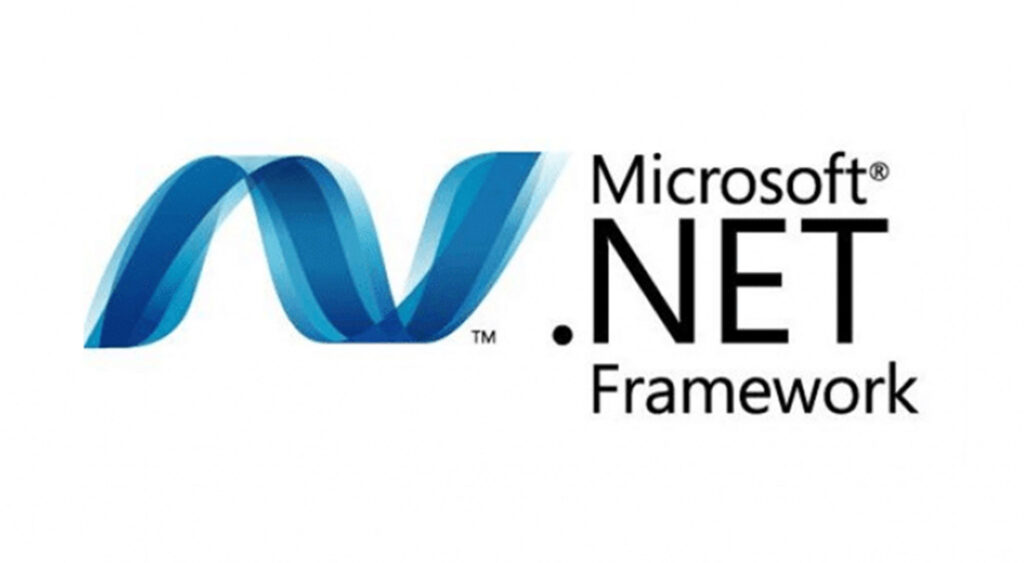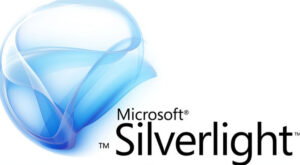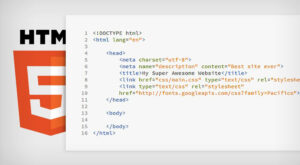
Visual Basic .NET (VB.NET) is a versatile and easy-to-learn programming language that allows developers to create a wide range of Windows applications. In this tutorial, we will introduce you to VB.NET programming using the .NET Framework 1.1, providing you with a foundation to create basic applications.
Prerequisites
Before you begin, make sure you have the following:
- Visual Studio .NET 2003: This integrated development environment (IDE) provides the tools you need to write and run VB.NET code.
- .NET Framework 1.1: Ensure that you have .NET Framework 1.1 installed on your system.
Getting Started
- Open Visual Studio .NET 2003: Launch the Visual Studio IDE.
- Create a New Project: Go to File > New > Project to create a new VB.NET project.
- Choose Project Type: Select the “Windows Application” template. Give your project a name and choose a location to save it.
- Design the User Interface: Use the Visual Studio designer to create your application’s user interface. Drag and drop controls from the toolbox onto your form to create buttons, textboxes, labels, and other elements.
Writing Your First VB.NET Code
Now, let’s write some basic VB.NET code for your project.
- Double-click on a Control: Double-click on a control, such as a button, to generate an event handler. This will open the code editor with a method stub.
- Write Your Code: In the code editor, you can write VB.NET code. For example, let’s create a simple program that displays a message when a button is clicked.
Copy code
Private Sub Button1_Click(ByVal sender As System.Object, ByVal e As System.EventArgs) Handles Button1.Click MessageBox.Show("Hello, VB.NET World!") End Sub
- Debug Your Application: You can run your application by clicking the “Start Debugging” button or pressing F5. This will build and execute your project. In our example, clicking the button should display the message we wrote in the code.
Understanding the Code
Private Sub Button1_Click(...): This line defines an event handler for the button’s click event.MessageBox.Show("Hello, VB.NET World!"): This line displays a message box with the text “Hello, VB.NET World!” when the button is clicked.
Conclusion
This tutorial has introduced you to the basics of VB.NET programming with the .NET Framework 1.1. The core principles of VB.NET programming remain consistent across different versions. As you become more comfortable with VB.NET, you can explore more advanced topics, such as data access, error handling, and building larger applications.



